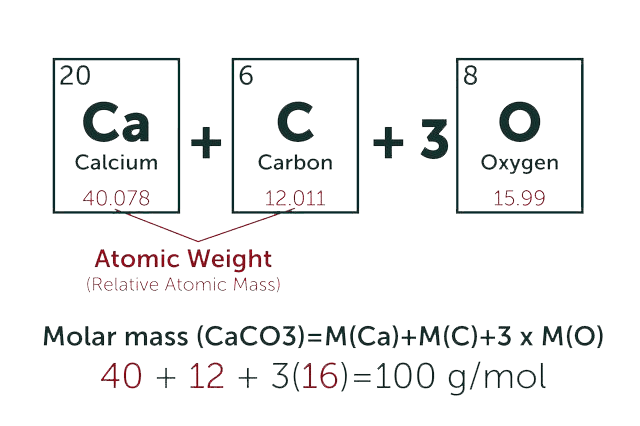Anidulafungin
* Please be kindly noted products are not for therapeutic use. We do not sell to patients.

| Category | Enzyme inhibitors |
| Catalog number | BBF-03844 |
| CAS | 166663-25-8 |
| Molecular Weight | 1140.24 |
| Molecular Formula | C58H73N7O17 |
| Purity | >98% |
| Catalog Number | Size | Price | Stock | Quantity |
|---|---|---|---|---|
| BBF-03844 | 100 mg | $197 | In stock |
Online Inquiry
Add to cartCapabilities & Facilities
Fermentation Lab
4 R&D and scale-up labs
2 Preparative purification labs
Fermentation Plant
Semi pilot, pilot and industrial plant 4 Manufacturing sites 7 Production lines at pilot scale 100+ Reactors of 30-4000 L; 170+ reactors of 20 KL-30 KL; 24+ reactors of >100 KL 2 Hydrogenation reactors (200 L, 4Mpa and 1000L, 4Mpa)
Product Description
Anidulafungin, is a semisynthetic echinocandin that inhibits glucan synthase, an enzyme important in the formation of (1→3)-β-D-glucan, a major fungal cell wall component, and thus is used as an antifungal drug.
- Specification
- Properties
- Toxicity
- Reference Reading
- Spectrum
- Price Product List
- QC Data
| Synonyms | Eraxis; Ecalta; LY303366; 1-[(4R,5R)-4,5-dihydroxy-N2-[[4''-(pentyloxy)[1,1':4',1''-terphenyl]-4-yl]carbonyl]-L-ornithine]-echinocandin B |
| Storage | Store at -20°C |
| IUPAC Name | N-[(3S,6S,9S,11R,15S,18S,20R,21R,24S,25S,26S)-6-[(1S,2S)-1,2-dihydroxy-2-(4-hydroxyphenyl)ethyl]-11,20,21,25-tetrahydroxy-3,15-bis[(1R)-1-hydroxyethyl]-26-methyl-2,5,8,14,17,23-hexaoxo-1,4,7,13,16,22-hexazatricyclo[22.3.0.09,13]heptacosan-18-yl]-4-[4-(4-pentoxyphenyl)phenyl]benzamide |
| Canonical SMILES | CCCCCOC1=CC=C(C=C1)C2=CC=C(C=C2)C3=CC=C(C=C3)C(=O)NC4CC(C(NC(=O)C5C(C(CN5C(=O)C(NC(=O)C(NC(=O)C6CC(CN6C(=O)C(NC4=O)C(C)O)O)C(C(C7=CC=C(C=C7)O)O)O)C(C)O)C)O)O)O |
| InChI | InChI=1S/C58H73N7O17/c1-5-6-7-24-82-40-22-18-35(19-23-40)33-10-8-32(9-11-33)34-12-14-37(15-13-34)51(74)59-41-26-43(70)54(77)63-56(79)47-48(71)29(2)27-65(47)58(81)45(31(4)67)61-55(78)46(50(73)49(72)36-16-20-38(68)21-17-36)62-53(76)42-25-39(69)28-64(42)57(80)44(30(3)66)60-52(41)75/h8-23,29-31,39,41-50,54,66-73,77H,5-7,24-28H2,1-4H3,(H,59,74)(H,60,75)(H,61,78)(H,62,76)(H,63,79)/t29-,30+,31+,39+,41-,42-,43+,44-,45-,46-,47-,48-,49-,50-,54+/m0/s1 |
| InChI Key | JHVAMHSQVVQIOT-MFAJLEFUSA-N |
| Appearance | White to Pale Beige Solid |
| Antibiotic Activity Spectrum | fungi |
| Boiling Point | 1477°C at 760 mmHg |
| Melting Point | 234-238°C |
| Density | 1.47 g/cm3 |
| Solubility | Soluble in ethanol, methanol, DMSO, DMF, Water |
| LogP | 2.9 |
| Carcinogenicity | No indication of carcinogenicity to humans (not listed by IARC). |
| Mechanism Of Toxicity | Anidulafungin is a semi-synthetic echinocandin with antifungal activity. Anidulafungin inhibits glucan synthase, an enzyme present in fungal, but not mammalian cells. This results in inhibition of the formation of 1,3-beta-D-glucan, an essential component of the fungal cell wall, ultimately leading to osmotic instability and cell death. |
| Toxicity | The maximum non-lethal dose of anidulafungin in rats was 50 mg/kg, a dose which is equivalent to 10 times the recommended daily dose for esophageal candidiasis (50mg/day). |
Predicted LC-MS/MS Spectrum - 10V, Positive

Experimental Conditions
Collision Energy: 10 eV
Instrument Type: QTOF (generic), spectrum predicted by CFM-ID
Mass Resolution: 0.0001 Da
Molecular Formula: C58H73N7O17
Molecular Weight (Monoisotopic Mass): 1139.5063 Da
Molecular Weight (Avergae Mass): 1140.2369 Da
13C NMR Spectrum

Experimental Conditions
Nucleus: 13C
Frequency: 100
| BBF-00693 | Ansamitocin P-3 | Inquiry |
| BBF-05886 | Notoginsenoside R1 | Inquiry |
| BBF-01829 | Deoxynojirimycin | Inquiry |
| BBF-04736 | 3-Indolepropionic acid | Inquiry |
| BBF-03781 | Resveratrol | Inquiry |
| BBF-03427 | Tubercidin | Inquiry |
Bio Calculators
Concentration (start) x Volume (start) = Concentration (final) x Volume (final)
It is commonly abbreviated as: C1V1 = C2V2


